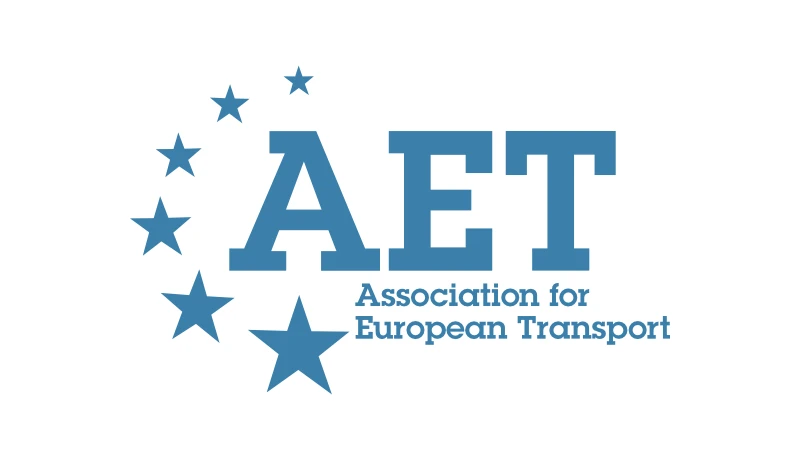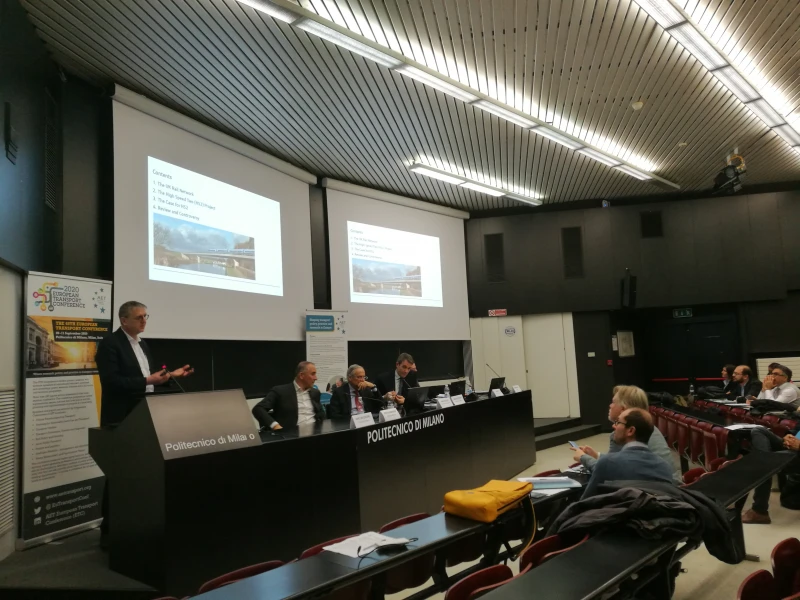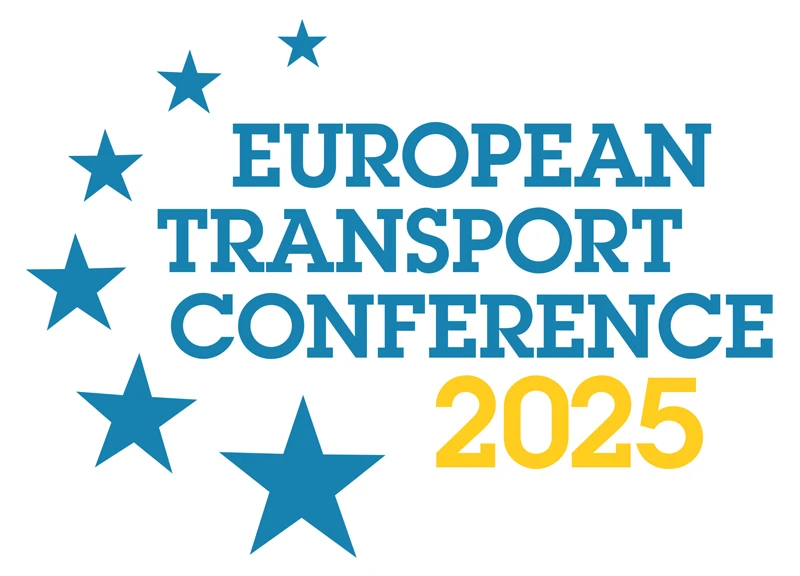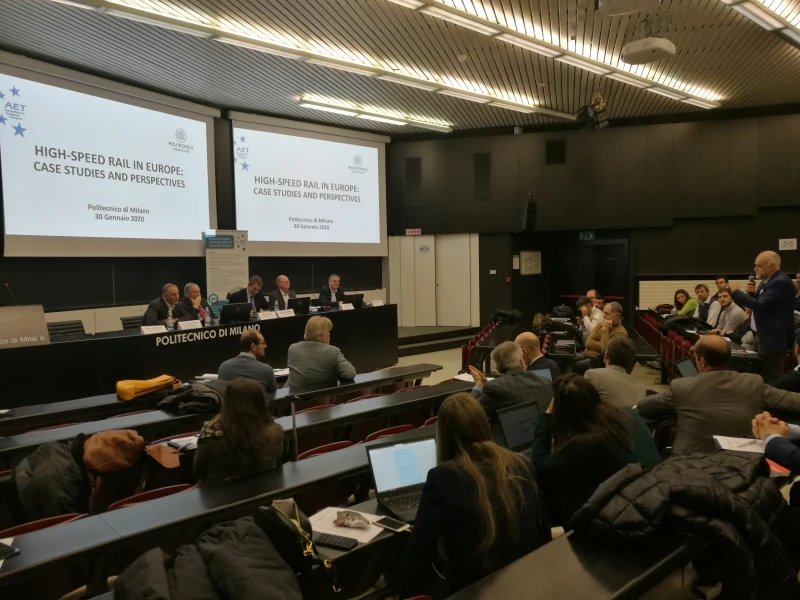-
Past ETC Papers
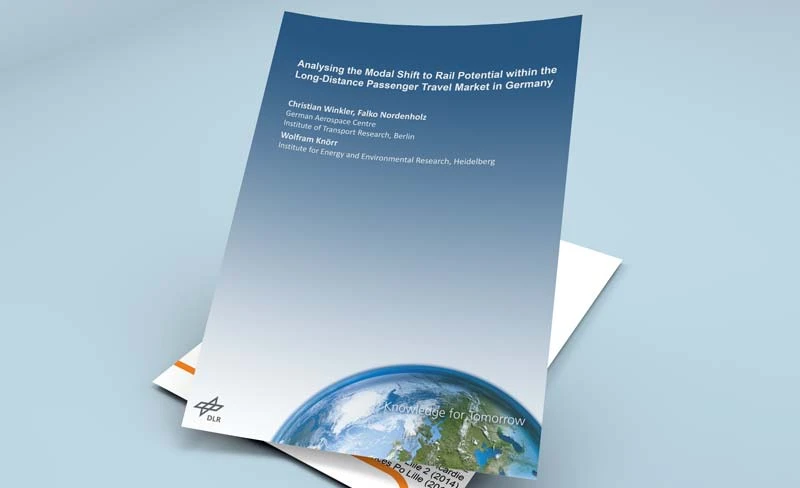
Browse, search and view papers from the past AET Conferences.
-
Members' Area

AET promotes networking and exchange of ideas, information and opportunities amongst members.
Conference Papers 2014
Frankfurt, Germany
ETC Conference Papers 2014
Air Quality Management - Low Cost Environmental Monitoring
Seminar
Day 3 (1 Oct 2014), Session 6, Data and Application, 11:00 - 11:30
Status
Accepted, awaiting documents
Submitted by / Abstract owner
Andrew Reid
Authors
Drew Hill, Transport Scotland, Jacqueline Barr, IBI Group
Short abstract
This paper will discuss low cost environmental monitoring equipment being investigated by Transport Scotland. The locations, reason for selection and their use as an input to the environmental monitoring and prediction tool will also be covered.
Abstract
Traffic-related air pollution is increasingly shown to have negative health effects according to a growing body of epidemiologic evidence and is a substantial public health concern.
The initial phase of the project covered a series of air quality and noise assessments by piloting low cost sensors at locations where the Transport Scotland road network meets Local Authorities networks in a the vicinity of built–up areas. It also examines the environmental monitoring technologies available, the possible metrics, and how this data correlates to more established methods.
Locations have been selected for the project based on a variety of criteria (trunk road proximity to urban areas, planned trunk road schemes, availability of traffic data, availability of modelled data); inclusively to incorporate a range of Scottish town and city locations. We are working in partnership with Local Authorities during the rotations pulling all data noted above and bringing in additional data; i.e. LA Monitoring Station / AURN data, weather data. Each rotation will last 4 weeks and give an idea of the “real-life” performance of the sensors and if the environmental data / trends could potentially be used as an input to the wider, integrated environmental monitoring and prediction tool.
This is only one part of the wider aim - ultimately working toward integrating the sensor, traffic, modelled emissions, and weather data into a prediction algorithm to forecast the impact of emissions in real-time. This output could then be used to provide environmental information messages to the public (using web, apps, VMS), advisory information (i.e. use public transport or P+R facilities) and control mechanisms (i.e. traffic signal timings, overhead motorway gantry controls).
Considerable work has been undertaken to date benchmarking sensors against industry standard equipment and it is the intention that by March 2014 the first of the rotations will be underway. We will present on the technologies trialled, data validation exercise, and results of the rotations that will have been undertaken to date. During 2014 work will also begin on the integrated environmental monitoring tool.
Documents:
No documents yet.
Association For
European Transport
Forester House
Doctors Lane
Henley-in-Arden
Warwickshire, UK
B95 5AW
+44 (0) 15 64 793552
VAT number: 710 1866 64
Conference Supporters & Endorsers

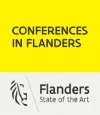


Legal Entity
The Association for European Transport is registered as an Association ('vereniging') with the Chamber of Commerce for Haaglanden in The Netherlands under company number 27170096.
Built on Zenario

